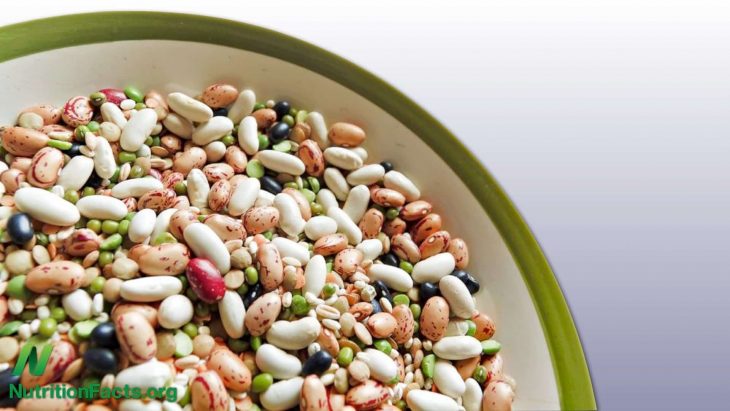Chihuahua, Chihuahua, October 25, 2017. According to the Ministry of Agriculture, Livestock Rural Development, Fisheries and Food (SAGARPA), bean production in the country increased 14 percent between 2015 and 2016, reaching a million 76 thousand tons, an area where Chihuahua has already climbed to the podium as the country’s third best producer, behind only Zacatecas and Durango.
Based on statistics from the Agri-Food and Fisheries Information Service (SIAP), SAGARPA stated that between the two years, the production of this legume increased from 942,578 tonnes to 1 million 76,000 tonnes, representing an increase of 134 thousand 181 tonnes.
The bean is produced in the 32 entities of the country, nevertheless, those that contribute the greater volume are Zacatecas, with 35.9 percent of the national production; Durango, 11.6 percent; Chihuahua, 9.5 percent; Sinaloa, 8.9 percent and Chiapas, 5.5 percent.
Together, these five states generate 71.4 percent of bean production in Mexico, equivalent to 768 thousand 334 tonnes. In 2016, Zacatecas produced 386 thousand 861 tons; Durango, 124,379 tons; Chihuahua, 101 thousand 991 tonnes; Sinaloa, 95 thousand 504 tons and Chiapas, 59 thousand 599 tons.
Likewise, the most important production increases between 2015 and 2016 were registered in Nayarit, 93.2 percent; Baja California Sur, 55 percent; Baja California, 50 percent; Zacatecas, 33.4 percent; Mexico City, 33.3 percent; Campeche, 18.6 percent and Guerrero, 16.6 percent.
In addition, there were increases in Puebla, with 13.1 percent; Sinaloa, with 12.9 percent; Durango, with 11.8 percent; Yucatan, with 9.8 percent; Sonora, with 9.7 percent; Chiapas, with 7.7 percent; and Chihuahua, 7.1 percent, among others.
In Mexico, according to the federal agency, per capita consumption of this product is 8.4 kilograms per year and the value of production is estimated at 9.5 billion pesos. Most are harvested between the months of October to December, as well as in February, when 75 percent of production is obtained.
For the 2016-2017 trading year (which starts in October and concludes in September), an offer of one million 472 thousand tons is estimated, while demand is forecast of one million 122 thousand tons.



